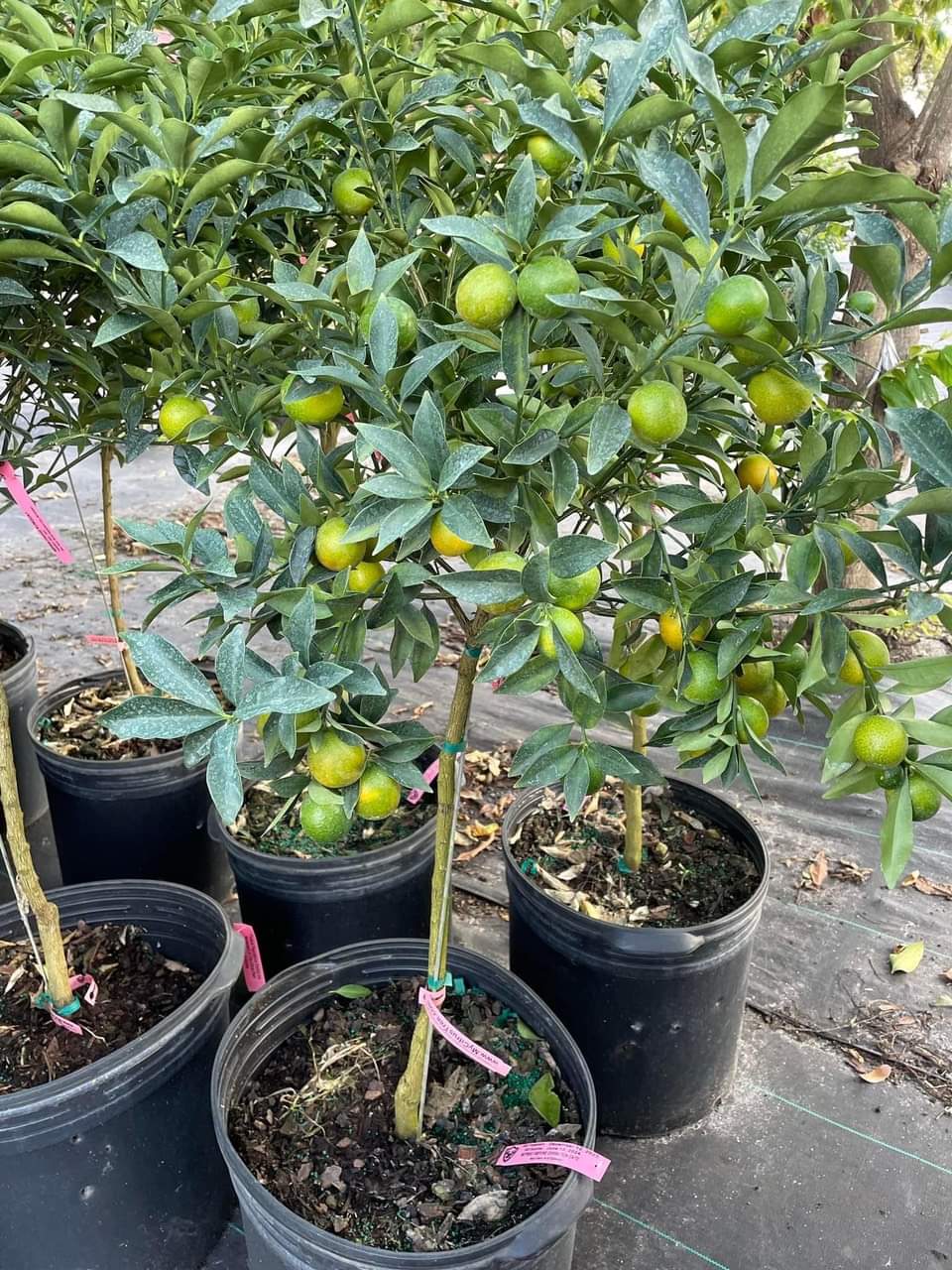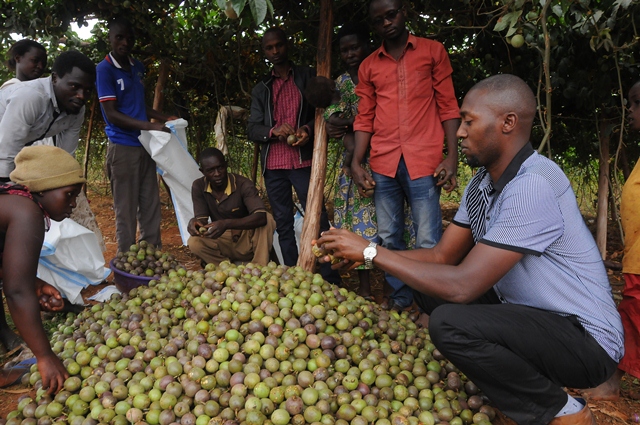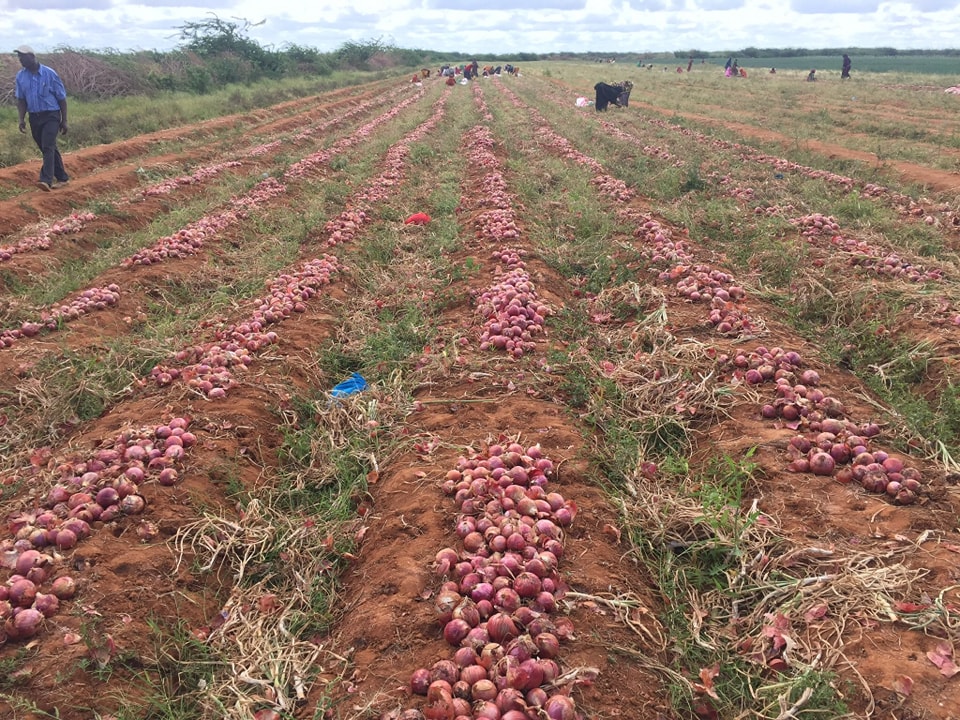Agriculture is a system made up of many components, each of which must be of good quality if you want to grow crops successfully. Seeds are one of the most critical components in this system. If they fail to germinate, crops fail.
Some may think that simply choosing high-quality seeds will solve all problems. There needs to be more. Diseases, pests and stress associated with weather and climatic conditions negatively affect planting material. These problems can be resolved independently, but special treatments will increase their chances of success. One of the most effective ways to support seed growth and reduce risks is to treat the seeds.
What is seed treatment? This term refers to applying biological, physical, and chemical agents and techniques for seed protection against the impact of the environment. It is an effective way to get healthy crops by strengthening their immunity early and promoting uniform germination.
Traditional crop protection methods can be successfully applied over large areas, and treatment can meet the needs of particular seeds. It enhances their resistance, making them more robust against pest attacks and environmental stresses. Chemical or biological seed treatment can provide critical protection from the germination stage by preventing the inputs from soil-borne pathogens, seed-borne insects, diseases, and pests during the first stage of the crop cycle.
Advantages of Seed Treatment
Protection from insects & diseases
- During the initial growth phases, it is crucial to prevent seeds from getting attacked by pests or diseases; otherwise, they will not germinate. Seed treatment provides a few layers of protection and improves the immune system. They also add nutrients and microorganisms to the soil, which helps crops to thrive.
Improved germination
- The germination of seeds depends on various factors, but it can be improved by seed treatment. The uniform distribution of these substances promotes uniform germination of the crop. The formulations are formulated to be safe for crops and avoid any potential damage, such as delayed germination or irregular emergence. These formulations are not phytotoxic and are suitable for use in field conditions.
Enhanced sowing accuracy
- Applying seed coating material improves the uniformity and accuracy of seed distribution during air sowing and precision sowing.
Seed treatment and processing have progressed significantly in recent decades. An increasing number of farmers worldwide rely on this type of crop protection. Don’t want to process the planting material yourself? You can purchase pre-treated seeds and save time. It’s hard to overstate the value and benefits of seed treatments, as they offer farmers more ways to reduce the risk of crop failure.
Seed Treatment Types
Fungal diseases and pathogens are a severe threat to the development of crops, especially soybeans, at an early stage of development. Fungicide seed treatment helps protect plants and combat this threat by preventing the damping off of seedlings and preserving beneficial soil fungi.
Seeds protection should be a priority if you want to achieve successful germination and growth. Insects can cause severe damage to the plantain material before they even start growing, making insecticide use essential. Insecticides not only protect seedlings from above-ground insects and larvae but also from below-ground insects, including larvae.
Some of the most commonly used seed treatment insecticides include Imidacloprid, a broad-spectrum solution that effectively reduces damage from soil-borne insects. Clothianidin is a powerful deterrent for many insects often used for late-planted corn. Thiamethoxam helps to control chinchbugs, flea beetles, black cutworms, and many other species.
Insecticides application is quite common in agriculture. It is also considered as a regenerative method. Lower concentrations of this substance required to protect seeds compared to mature plants.
The application of additives early in the season promotes plant health in certain environmental conditions. This broad category includes inoculants, flow additives, biostimulants and nutrients.
Microbial inoculants accelerate plant development and support soil biodiversity. They can adapt to specific circumstances and situations, such as supporting legume nitrogen fixation. It helps plants develop better.
Plant growth regulators can improve germination and resistance to stress during early growth stages. These substances demonstrate particular effectiveness when difficult conditions accompany seed germination.
Seed enhancements refer to products with unique properties that make the seed more convenient to use, and in some cases, this is required by law. These include dyes or dyes, flow agents, polishing agents and coatings.
Additives also support the adequate performance of fertilizers. This combination ensures the supply of micronutrients and their enrichment of the seed growth environment.
Seed Treatment & EOSDA Crop Monitoring
Satellite field monitoring has many different applications to perform many tasks. This technology also enables testing the productivity of treated planting material to introduce innovative processing methods.
EOS Data Analytics, a reliable provider of satellite image analytics using AI technologies, has developed the EOSDA Crop Monitoring online platform. This solution can be used not only by farmers but also by manufacturers or distributors of planting material, as well as by suppliers of plant protection products.
Users of this all-in-one platform can access a wide range of vegetation indices and accurate weather information. These features are precious for testing the quality of input materials in real conditions. They can also help to assess the effectiveness of seed treatment methods.
Thanks to EOSDA Crop Monitoring, seed producers and crop protection manufacturers can assess seed resistance to various types of stress, confirm crop germination, and calculate germination percentage and vegetation density per hectare. Platform features also allow you to monitor the speed of development and health of plants. These possibilities help to develop more resilient and higher-yielding planting materials that can withstand climate change in agriculture.





